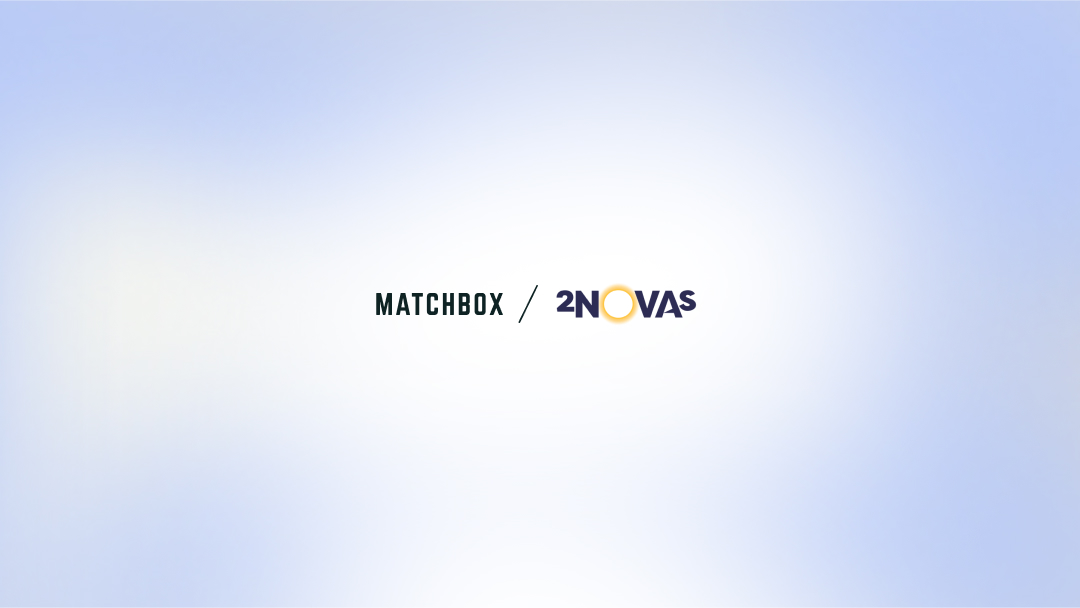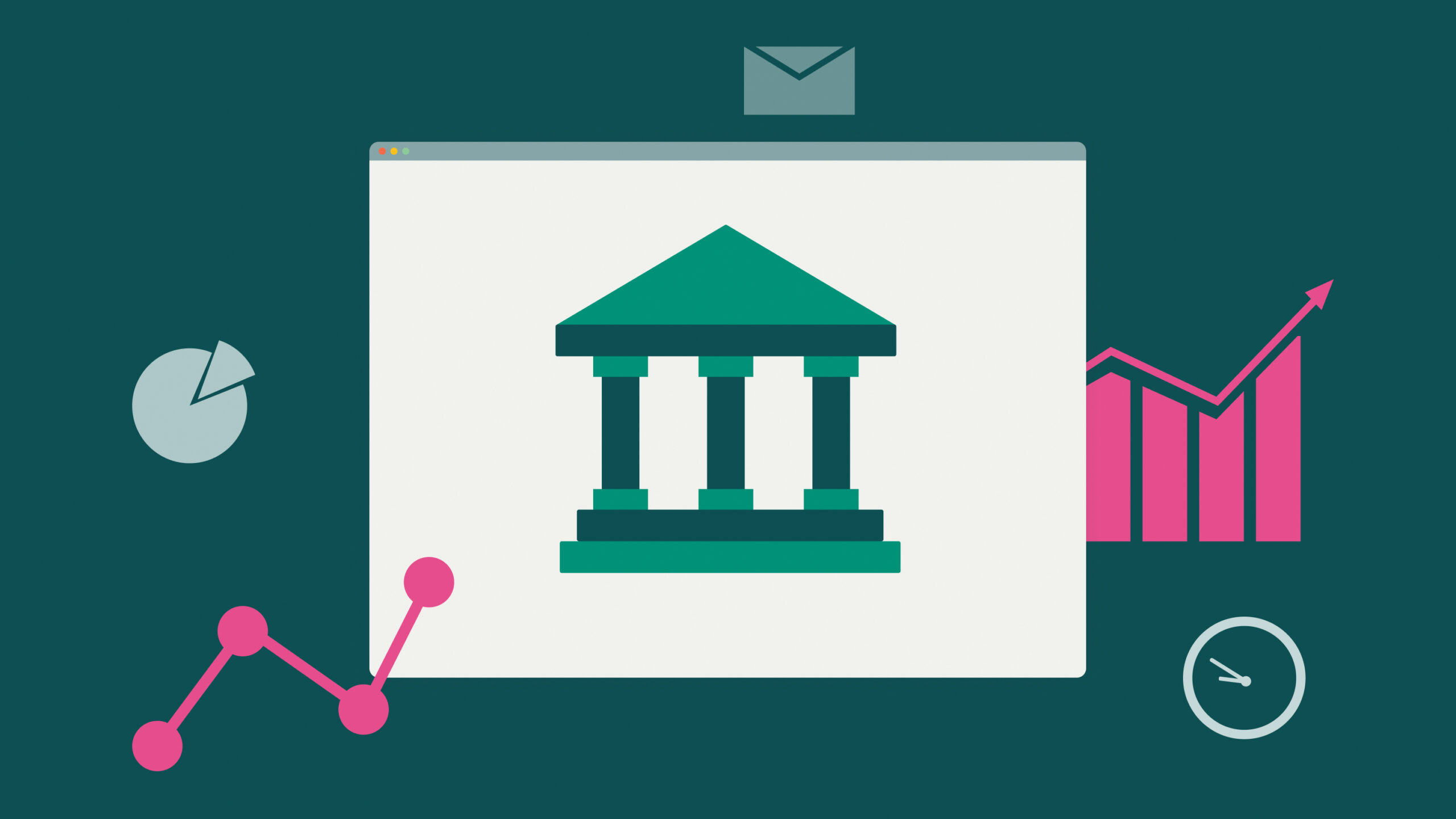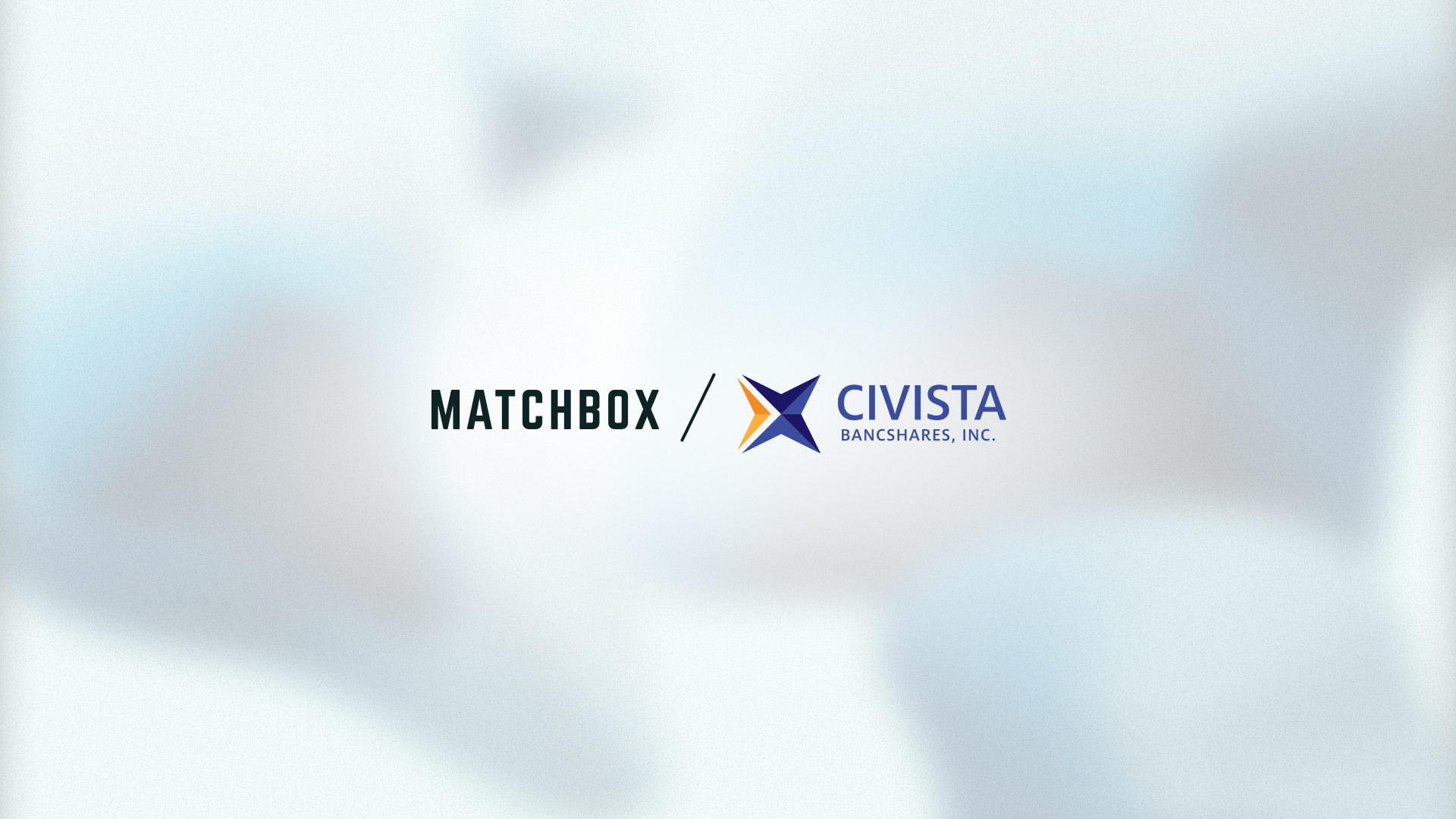Estimated reading time: 7 minutes
This article lists many of the advantages of digital asset management systems and why businesses should utilize them.
According to research, a content marketer who adopts a Digital Asset Management (DAM) solution can save time and effort, freeing up an incredible 34% of their weekly workload. Digital assets are essential for content managers, marketers, and other business professionals.
DAM software can enable users to store, organize, and share their digital assets within the organization. It helps businesses to create, access, and deliver content more efficiently while keeping data secure. Additionally, DAM solutions provide potent insights into how users engage with online content. This allows marketers to optimize their efforts and fine-tune strategies for better results.
But how can it be beneficial for its users?
What Is A Digital Asset Management System?
A Digital Asset Management System is a software system designed to store and manage digital assets such as images, videos, documents, audio files, and other types of digital content in one central location. It enables users to access, organize, and share their assets quickly and easily. The system also offers advanced features, such as version control, metadata tagging, and workflow automation, that enable organizations to maximize the value of their digital assets.
With DAM systems, organizations can ensure that the right people have easy access to approved versions of documents, media files, or any other type of digital asset they need to work more efficiently. It provides a secure environment where all stakeholders can collaborate on projects without risking data loss or theft.
What Are The Advantages of Digital Asset Management Systems?
Here are some benefits a DAM system can offer to its users:
Systematic Organization

DAM systems are designed to help businesses organize content systematically so that employees can discover assets quickly and easily. DAM systems typically use metadata tags, keywords, and categories to help users find their needed assets. These tags also enable automated workflows for managing tasks, such as publishing, archiving, and distributing files throughout an organization.
Organizations can use a DAM system to ensure their digital assets are properly categorized, stored securely in the right place, and accessible by the right team members or stakeholders. Additionally, DAM systems provide users with easy-to-use tools. For example:
1. Drag & drop features make adding assets into the system easy.
2. Preview functions allow users to view content without downloading or opening the asset.
3. Versioning tools enable users to restore previous versions of a file if needed.
4. Bulk editing capabilities enable applying changes quickly across multiple files.
5. Automated workflow tools streamline tedious manual processes, reducing the time and effort spent managing digital assets.
To ensure the proper organization of files, businesses can integrate DAM systems with other systems, such as CRM (Customer Relationship Management), ERP (Enterprise Resource Planning), and accounting software, to ensure the proper organization of files. This integration allows for seamless data synchronization between each system, resulting in a more efficient workflow.
Enhanced Security

The Digital Asset Management system is designed to provide organizations with an enhanced level of security. It provides a secure platform for storing and sharing digital assets, including images, videos, documents, and other sensitive materials.
In addition, the system monitors activity on the platform and provides alerts when suspicious activities are detected. This allows organizations to quickly identify potential threats and take action to protect their digital assets.
The system also helps organizations comply with data privacy regulations like GDPR and CCPA. It provides a secure environment for storing personal data and ensures that all assets are treated with the utmost respect and confidentiality.
The system utilizes advanced encryption methods to ensure all data remains safe from unauthorized access or tampering, such as:
Symmetric-key encryption
Also known as secret-key encryption, this method uses a single key to encrypt and decrypt data. It offers speed and simplicity advantages since only one key needs to be shared by both parties involved in the communication. However, it is not as secure as asymmetric-key encryption because if the single key is compromised, all encrypted data can be decrypted by an attacker.
Asymmetric-key encryption
This method uses two separate keys to encrypt and decrypt messages. Anyone can use the public key to encrypt messages. The private key is held only by the recipient to decrypt those messages.
Hash Algorithms
Hash algorithms are one-way encryption, meaning the original message can’t be decrypted from the hashed version. These algorithms provide a way to authenticate documents or digital assets in a Digital Asset Management system.
Secure Sockets Layer
SSL is an encryption protocol for secure communication over networks like the internet. It creates an encrypted tunnel between two devices, allowing any data transmitted to remain private and unreadable to anyone else. SSL is typically used when sensitive information needs to be exchanged securely within a Digital Asset Management system.
Advanced Encryption Standard (AES)
AES is an encryption standard used in many Digital Asset Management systems. This algorithm uses keys of varying lengths to encrypt information – 128-, 192-, or 256-bit keys are currently supported for AES encryption. AES offers a high level of security and is more resistant to attack than other encryption methods.
Digital Signature Algorithm (DSA)
The DSA algorithm digitally signs documents or data to verify their authenticity. This method uses a public and private key pair to generate a digital signature, which is then attached to the document or asset in question. Anyone who knows the key pair can verify the signature. This ensures the file has not been tampered with since it was signed.
Cost Savings

Another one of the advantages of Digital Asset Management solutions is that they can save money by reducing the need for IT resources and specialized server hardware. Additionally, they reduce the amount of space needed to store physical archives and decrease paper costs associated with printing documents or images.
Using a DAM system also reduces the time, effort, and money associated with finding, retrieving, and sharing digital assets. Streamlining the process of storing and categorizing large volumes of digital information increases employee productivity and efficiency. As a result, businesses can save thousands, if not millions, in operational costs.
Besides, it also enables teams to access approved content faster as they no longer have to search multiple locations for the right asset. This helps reduce production times while ensuring brand consistency across all channels.
With DAM software in place, organizations have fewer errors related to outdated or incorrect assets, which can lead to costly reprints or mistakes that damage the company’s reputation. The cost savings from these factors combined with strategically utilizing cloud-based technology can give businesses a strong return on investment.
Brand Consistency And Protection
DAM systems make it easier for teams across multiple locations to create content that is consistent with brand guidelines, allowing for more unified messaging in marketing materials. It also ensures that all versions remain up-to-date and accurate, so everyone always uses the most current version.
This ensures that any content produced aligns with current branding strategies, which helps maintain a consistent brand image and message.
It can also ensure consistency across all channels, including print, digital, social media, and more. This leads to a more unified approach to branding and allows customers to recognize the brand, no matter what platform they’re using.
The tools further enable users to track usage rights for any digital assets associated with their brand so that any content used is legally compliant with copyright regulations. This helps protect brands from potential liabilities or copyright infringement lawsuits.
Wrapping Up
Overall, the advantages of Digital Asset Management are that it can help businesses save time, resources, and money while streamlining their operations and improving collaboration. Due to these, it is no wonder that more companies are implementing DAM systems for their media storage needs.
Contact Matchbox Design Group Today!
If your website could use a refresh, if you’re looking to drive more traffic to your site, or you would like to submit a guest post, fill out the form below and we’ll contact you to learn more about your digital needs.



